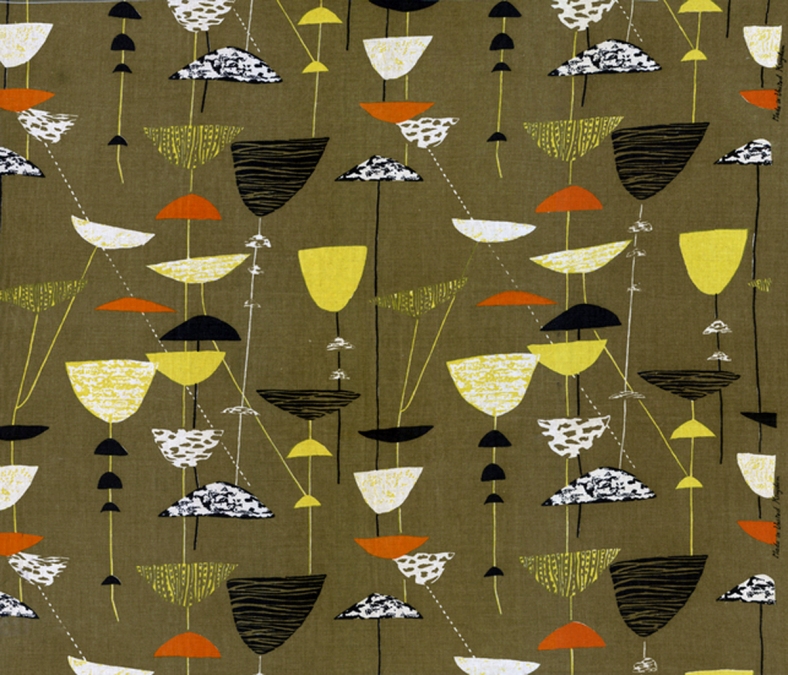I’ve been pushing on with pattern design work I just didn’t get around to.
One of my favourite undeveloped ideas was the concept of the reality of seaside life – inspired in part by where I am lucky enough to live now – New Brighton – for a long time a forgotten and dilapidated typical seaside resort in Merseyside; the harsh realities of very real photographs were famously documented by Martin Parr in 1985 with his book ‘The Last Resort’ (Magnum Books). 31 years has seen a lot of change – although a few of the buildings featured remain, the area over the last 10 years has seen great redevelopment and transformation and has taken on a completely new and progressive atmosphere.
Everyday I am inspired by the place and in part I’m sure this is related to knowing both the triumph of once being a national top holiday destination but also the fight it has put up to reinvent itself after much neglect.
Out of this rose the idea of ‘Seagulls and Sandwiches’. The idea that when you’re sitting enjoying the seaside air a seagull will come along with its beady eyes and snatch your anticipated dinner.
I started with a linocut print. Ive then digitally coloured and edited to get a repeat pattern and then chose elements of this with the same colour palette to form a more cohesive collection.
I experimented with colours – I wanted to avoid the typical seaside and nautical colours – the stereotypical nautical blue and white and beach sandy yellow with a light blue sky. I settled on brighter more vibrant yellow and blue and just love the way the 2 work together.
A little refinement of colours and taking beady eyes and sandwich details out I made covers for 3 notebooks and a tea towel with packaging sleeve.

I’m glad I got round to doing this. I am hoping to run with this and produce some tea towels and notebooks for sale through my etsy shop soon. http://www.etsy.com/shop/hairypearpress as well as develop the range to include more patterns. Next up: fish and chips.

















































You must be logged in to post a comment.